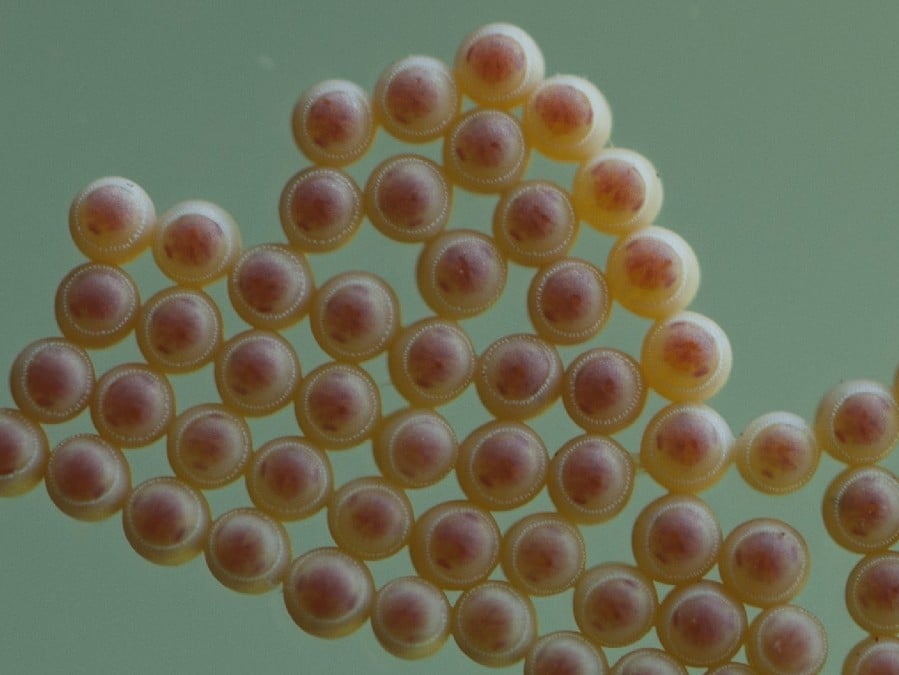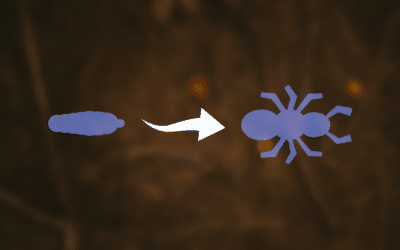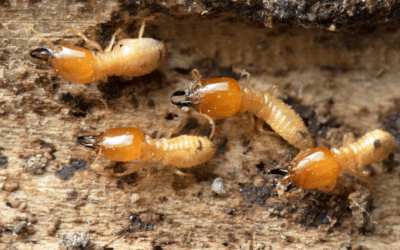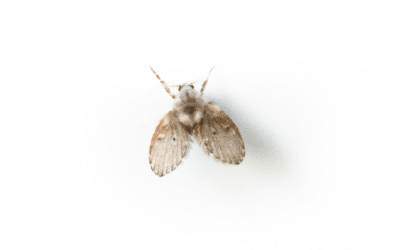Pests tend to grow in bigger numbers whenever you notice them in or around your property. While you may see only one of them first, you may soon begin to see much more! This is always a cause for concern since that means they have begun to reproduce, thus leading to the ever-growing number of them in and around your property.
A common warning flag is the sudden appearance of eggs. You may have seen these eggs, but didn’t mind them too much since they were small. Unfortunately, that means the numbers of pests in your home are gonna jump, usually but quite a lot. The key to preparing yourself for treatment is by knowing what each of these eggs is.
Types of Pest Eggs
Since there are many different pests in the world, there are many different types of eggs. The pest eggs we are identifying in this article are some of the most common pests that many of us encounter. Knowing what each of these eggs belongs to can help you or a pest expert identify what pest is roaming around reproducing in your home.
Cockroach Eggs
Have you ever seen that weird light-brown casing that cockroaches leave behind? The one that looks kind of like their shell? Well, that casing is an egg sac for cockroaches. It is called an ootheca and it contains many eggs depending on the species of cockroach. So, next time you see one around your house, you might want to get rid of it somewhere away from your home because it might contain some cockroach eggs in it, which is not good news for anybody.
Flea Eggs
Fleas are one of the tinier pests that people may encounter inside and around their homes. They can become quite a nuisance because of their little bites which can leave small rash bumps on your skin. Plus, if you have a pet living with you, they can become prime targets for those fleas. Flea eggs are tiny and represent a large portion of a flea infestation. They usually have a white color and are somewhat transparent. A startling fact is that a female flea can lay around 30 eggs a day, which means a much faster time of repopulating in or around your home.
Termite Eggs
Termite eggs are one of the more “larger” eggs that people can see, but they are a bit difficult to find. You see, termites like to live within your home, in your walls. That is where they chew wood and reproduce, so seeing an egg can be quite rare. If you are looking out for them, be sure to see any white, transparent circles that resemble caviar in appearance. If you see one, be sure to contact a pest expert to help locate and treat the affected areas at your home.
Spider Eggs
Spiders are one of the more feared pests, mainly due to their appearance. Hence why there is a phobia called arachnophobia. Something about the way spiders look unsettles some people. You may see the occasional spider inside your house, but they are usually solitary. However, if you see spider eggs in your home, then you might not be dealing with just one spider anymore. Although they are good for natural pest control, a high population of spiders, including venomous ones, can be quite the recipe for disaster. To identify spider eggs, you may have to identify the type of spider. Some spiders weave their egg sacs out of silk. Some of them, like the wolf spider, carry their eggs on their back. The number of eggs laid also depends on the species of the spider as some of them may only lay 1 or 2, while others may lay up to 1000!
Fly Eggs
Flies are a common, and annoying pest that can invade homes. Flies have a negative reputation due to them becoming quite visible in smelly/stinky areas within your home. Not to mention, having them around means that your food can be at risk of becoming contaminated since flies do not mind helping themselves to some of it. Although one or 2 flies can be simple to manage, more of them can be a hassle. Flies, like other insects, lay eggs. These are white and tiny and they can be laid on any surface, including food. Eventually, these eggs will release maggots, which are also quite a nuisance because they can be crawling on your floor and other areas. Don’t be afraid to contact a pest expert if you need help ridding your home of flies.
Mosquito Eggs
Oh, mosquitoes! You know them…you despise them! It seems that there is never just one mosquito when you get bitten by one. Not to mention the fact that they are known carriers of various diseases such as malaria and West Nile virus, it can be pretty annoying and hazardous being around lots of mosquitoes. Mosquitoes are quite effective at breeding, hence why there is never just one mosquito that is biting you. If you have standing water around your property, you are likely to have more mosquitoes. That is due to mosquitoes laying their eggs on the surface of the water. The amount of eggs varies, but are usually in the hundreds. Mosquito eggs tend to be a dark brown color, so if you see one, then prepare for a possible infestation.
Pest eggs vary in appearance and size, so it may be a bit hard at first to identify what type of pest has laid them. Hopefully, with the information we’ve provided, you can have an easier time identifying those pests by their eggs.
Treat The Problem
Pests in big numbers are usually quite troublesome to deal with. This is where identifying the pest beforehand can help in the development of a good treatment plan. If you need help identifying the pest that is causing trouble in your home, don’t hesitate to contact us here. Here at Meers Pest Solutions, we work to develop the best treatment plan for your pest problem that is both effective and sustainable.




